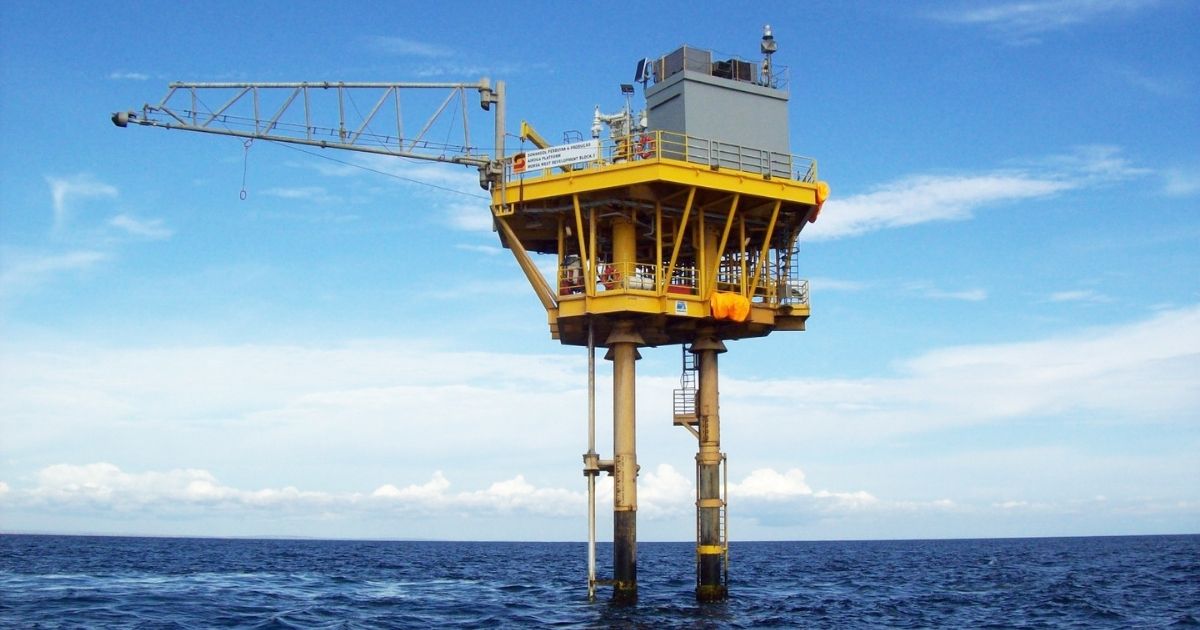This story was featured in ON&T September 2021. Click here to read the full article.
By Ben Cannel, Innovation Director, Aquaterra Energy

For decades, our industry has embraced the classic principles of evolution: responding to changes in its environment to ensure ongoing success. And we have been on an evolving path since drilling began, from navigating the highs and low of oil prices to tackling a global pandemic.
This story was featured in ON&T September 2021. Click here to read the full article.
By Ben Cannel, Innovation Director, Aquaterra Energy
Welcome to the first issue of ON&T for 2025, the fifth installment in our annual special…
Send us your latest corporate news, blogs or press releases.
Please see our Privacy Policy for any questions relating to image use.
Ocean News & Technology
8502 SW Kansas Ave
Stuart, FL 34997
[email protected]